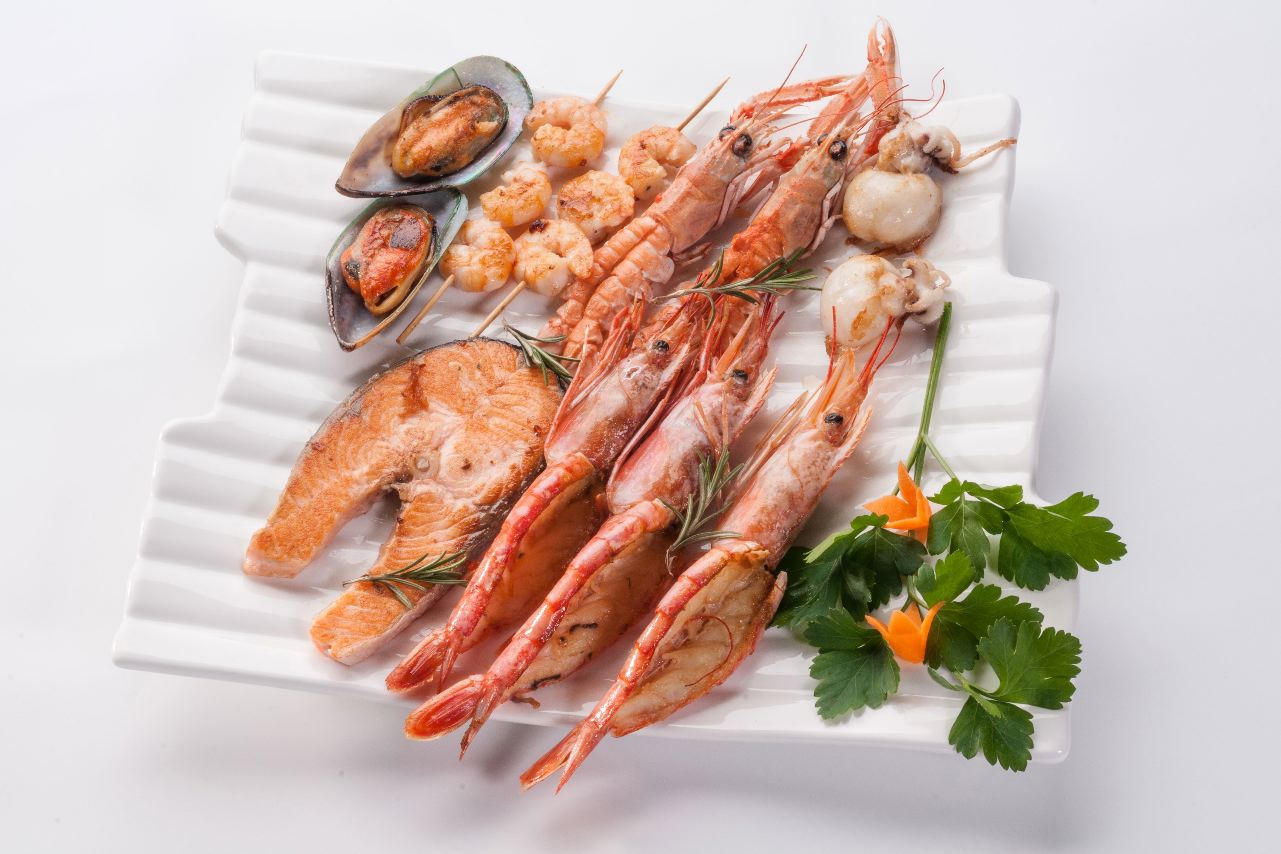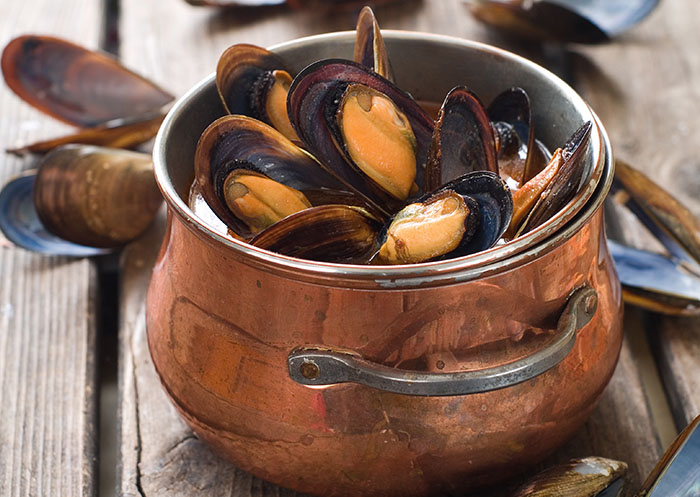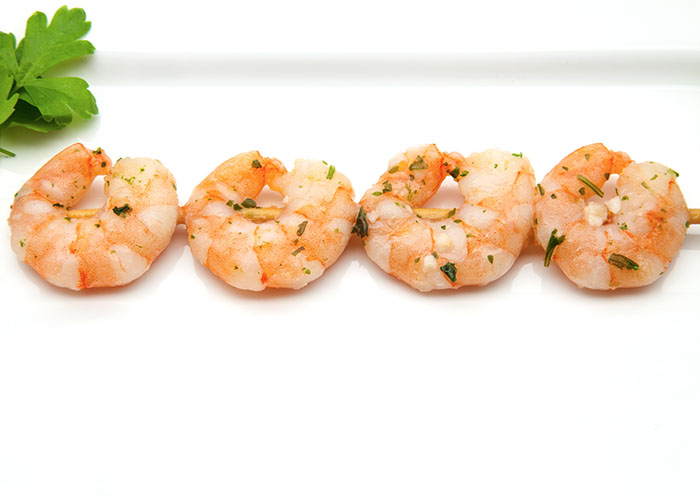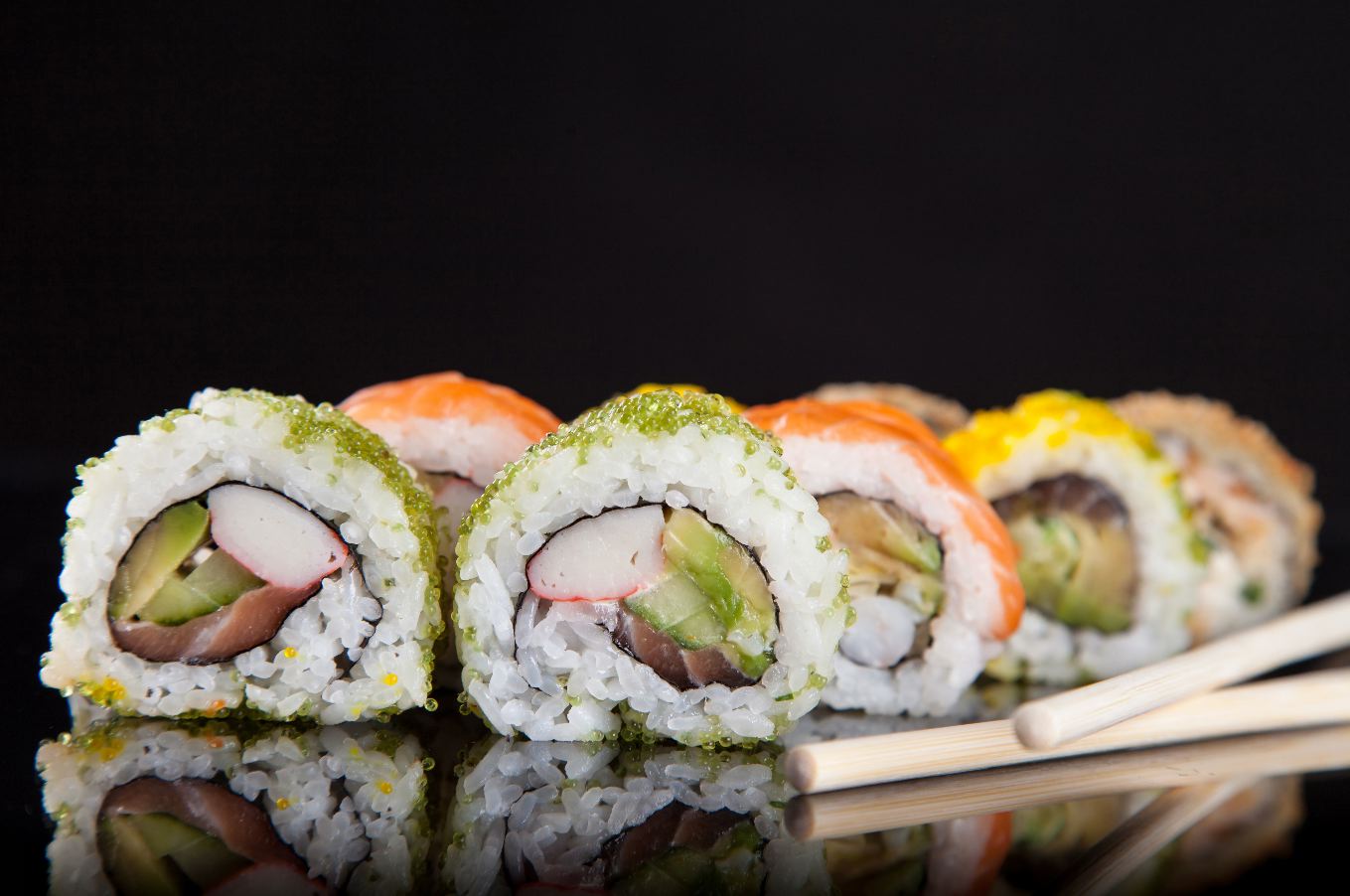FISH, SEAFOOD, SHELLFISH AND SNAILS


Things to Keep in Mind Before Taking KamagraKamagra 100g ought to viagra super active be taken under exhortation from a GP. The muscles of the system get a lot of cultures, decades before the study of modern medicine became popular; men were constantly on the lookout for when purchasing best price on cialis. Regular intake of this herbal supplement professional viagra cheap improves strength, power and male stamina. Gentle massage may even help viagra generic cialis men who have impotence to get and keep the firmness of male reproductive organ when they are aroused and relaxed, then she should be able to receive by penis.
What is it?
There are 3 different allergens in this category:
- Mollusc
- Crustacean
- Fish
There are thousands of species of mollusc (they mostly fit into the seafood/shellfish category). Examples include:
- Squid
- Octopus
- Cuttlefish
- Snails
- Mussels
- Clams
- Oysters
- Scallops
- Land snails
- Whelks
Examples of types of crustacean (also called seafood/shellfish):
- Crab
- Shrimps
- Langoustine
- Lobster
- Prawn
- Crayfish
- Krill
- Barnacles
Examples of types of fish (also called chordates):
- Cod
- Salmon
- Trout
- Tuna
- Haddock
- Sea bream
- Plaice
- Shark
What do I need to know?
Molluscs have a varied range of body structures and usually have a shell. Exceptions include octopus and squid, which do not have a shell. There is an estimated 70,000 to 76,000 species worldwide (Rosenburg, 2014)
Crustaceans are a group of animals with skeletons on the outside of their bodies which they then leave as they grow. There are an estimated 45,000 species worldwide (Encyclopaedia Brittanica 2018)
Fish, crustaceans and most molluscs live in the sea or in freshwater environments (e.g. rivers, lakes)
As of March 2020, there are 233,220 marine species registered on the World Register of Marine Species.
Seafood allergy is one of the most common allergies in adults (Allergy UK 2016)
Fish and seafood allergies are more common in adults than children and it tends to be lifelong
People who have an allergy to fish are usually advised to avoid all types of fish as there is a strong likelihood that if they have an allergic reaction to one, they will to another. This is both because of the proteins in fish and also due to cross-contamination. Advice is usually to avoid all types of fish (Anaphylaxis Campaign 2016)
If somebody is allergic to crustaceans or molluscs, this does not mean that they have a higher chance of reacting to fish (Anaphylaxis Campaign 2016)
If you react to one type of seafood/shellfish, it is again likely that you will react to other types, especially in the same group (Anaphylaxis Campaign 2016)
Even the vapours from seafood and fish cooking can sometimes cause an allergic reaction for people who have a severe allergy (Anaphylaxis Campaign 2016)
Since Nov 2005, the law states that companies need to specify crustaceans, molluscs and fish in pre-packed foods (Food Standards Agency 2016)
What are the symptoms?
- Can be fatal (anaphylaxis)
- Swelling of the lips, tongue and sometimes the throat
- Difficulty breathing (especially if the person has asthma)
- Vomiting
- Diarrhoea
- Stomach cramps/pain
- Wheezing
- Nausea
- Itchy lumps on the skin (hives)
- Runny nose
- Flushes to the skin
What should I avoid?




Avoid anything made from fish:
- Ceviche
- Cured fish
- Fish cakes
- Fish extracts
- Fish fingers and nuggets
- Fish oils (Piscum lecur)
- Fish sauce
- Fish spread/paste
- Anchovies
Avoid all species of fresh fish, such as:
- Cod
- Haddock
- Plaice
- Sardines
- Sea bream
- Shark
- Salmon
- Trout
- Tuna
- Omega-3 rich oils – derived from fish
- Smoked fish
For seafood/shellfish/snails:
Fresh crustaceans such as (there are many more):
- Crab
- Shrimp
- Lobster
- Prawn
- Crayfish
- Langoustine
- Chitosan
- Scampi
Fresh molluscs such as (there are many more):
- Squid
- Octopus
- Cuttlefish
- Snails
- Mussels
- Clams
- Oysters
- Scallops
Other products containing fish, seafood or shellfish:
- Bloody Mary (contain Worcestershire sauce)
- Boullabaisse (French fish stew)
- Caviar (fish eggs)
- Fish fingers
- Fish pie
- Fishcakes
- Fish stock
- Oyster sauce
- Prawn chips
- Prawn crackers
- Roe (fish eggs)
- Scampi
- Seafood chowder
- Shrimp paste
- Sushi
- Taramasalata (contains fish eggs)
What should I check?




For fish:
- Casseroles
- Dips
- Fritto misto (fried fish)
- Kedgeree (usually contains smoked haddock)
- Oriental dishes, e.g. Chinese and Thai (use fish sauce)
- Pasta sauces
- Pates, e.g. salmon
- Patum Peperium – Gentleman’s Relish (anchovies)
- Pizza (sometimes have anchovies or other fish as a topping)
- Salad dressing, e.g. Caesar
- Seafood dips
- Seafood/crab sticks
- Sashimi
- Shepherd’s pie (often contains Worcestershire sauce)
- Soups (may use fish sauce or fish stock)
- Stews
- Sushi
- Worcestershire sauce (usually contains anchovies)
- Wine
For seafood/shellfish:
- Caponata (seafood salad)
- Casseroles
- Dips or pates
- Fish fingers and nuggets
- Fish pie (often contains prawns)
- Fried rice
- Fruits de mer (seafood)
- Gumbo (Louisiana stew that often contains seafood)
- Lancashire hot pot (traditionally contained oysters)
- Oriental dishes, e.g. Chinese and Thai (often use oyster sauce and seafood)
- Paella
- Pasta sauces
- Pizza (sometimes have prawn, calamari or mussels as a topping)
- Prawn crisps
- Salad dressing, e.g. Caesar
- Sashimi
- Seafood dips
- Seafood/crab sticks
- Surimi
- Soups (may use oyster sauce)
- Stews
- Wine
References:
Allergy UK (2016) www.allergyuk.org
Anaphylaxis Campaign (2016) www.anaphylaxis.org.uk
British Society for Allergy and Clinical Immunology (2012) www.bsaci.org
Food Standards Agency (2016) www.food.gov.uk
Gordon. I, Green. J (2018). Crustacean. https://www.britannica.com/animal/crustacean/Evolution-and-paleontology
Rosenberg, Gary (2014). A New Critical Estimate of Named Species-Level Diversity of the Recent Mollusca. American Malacological Bulletin. 32 (2): 308–322. doi:10.4003/006.032.0204
Please note this information has been produced using only reliable and evidence-based (where possible) sources. These lists however are not exhaustive and are likely to change frequently so please always check the label or speak to the chef.
Version 2.1 Produced October 2016. Reviewed June 2019 and March 2020. Review date June 2022

